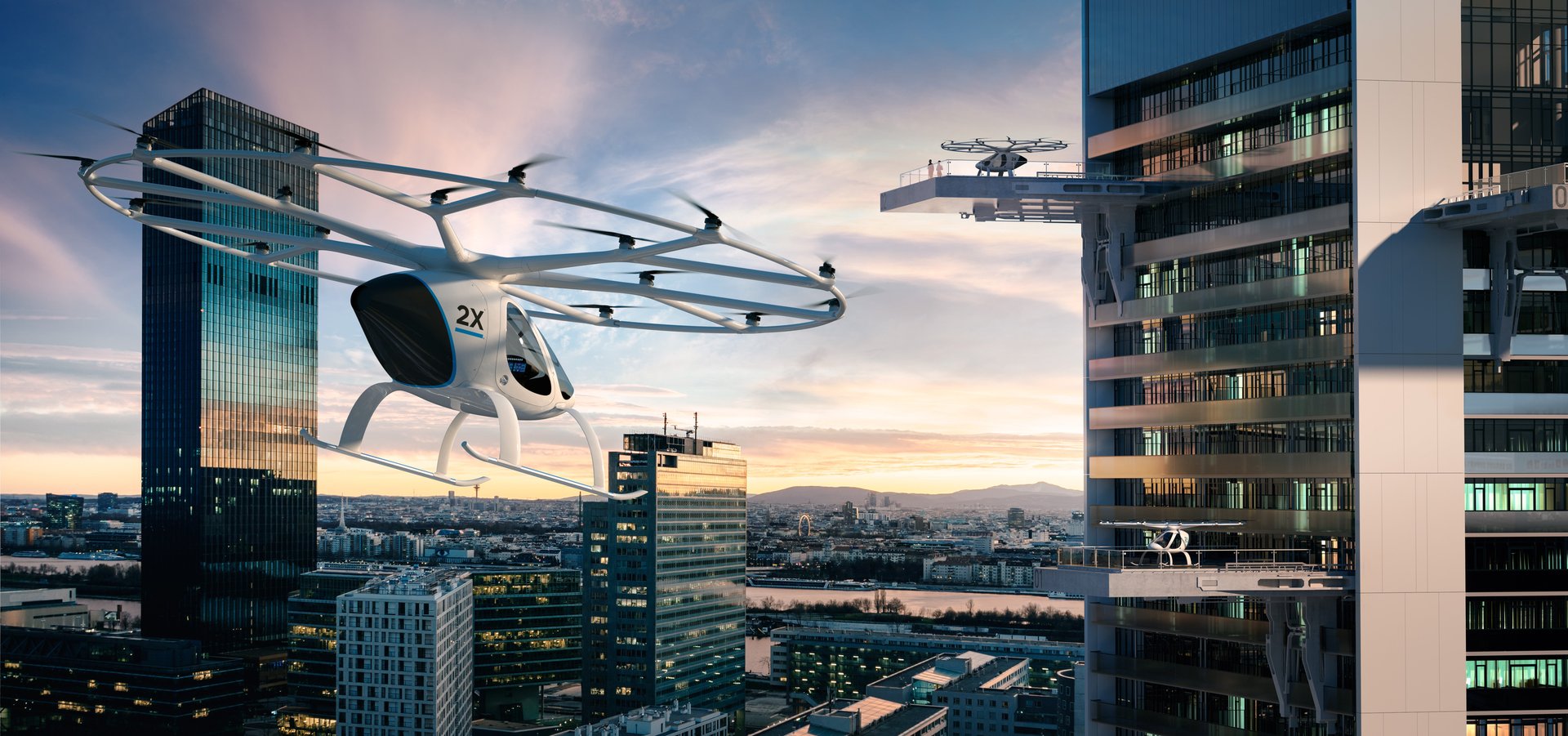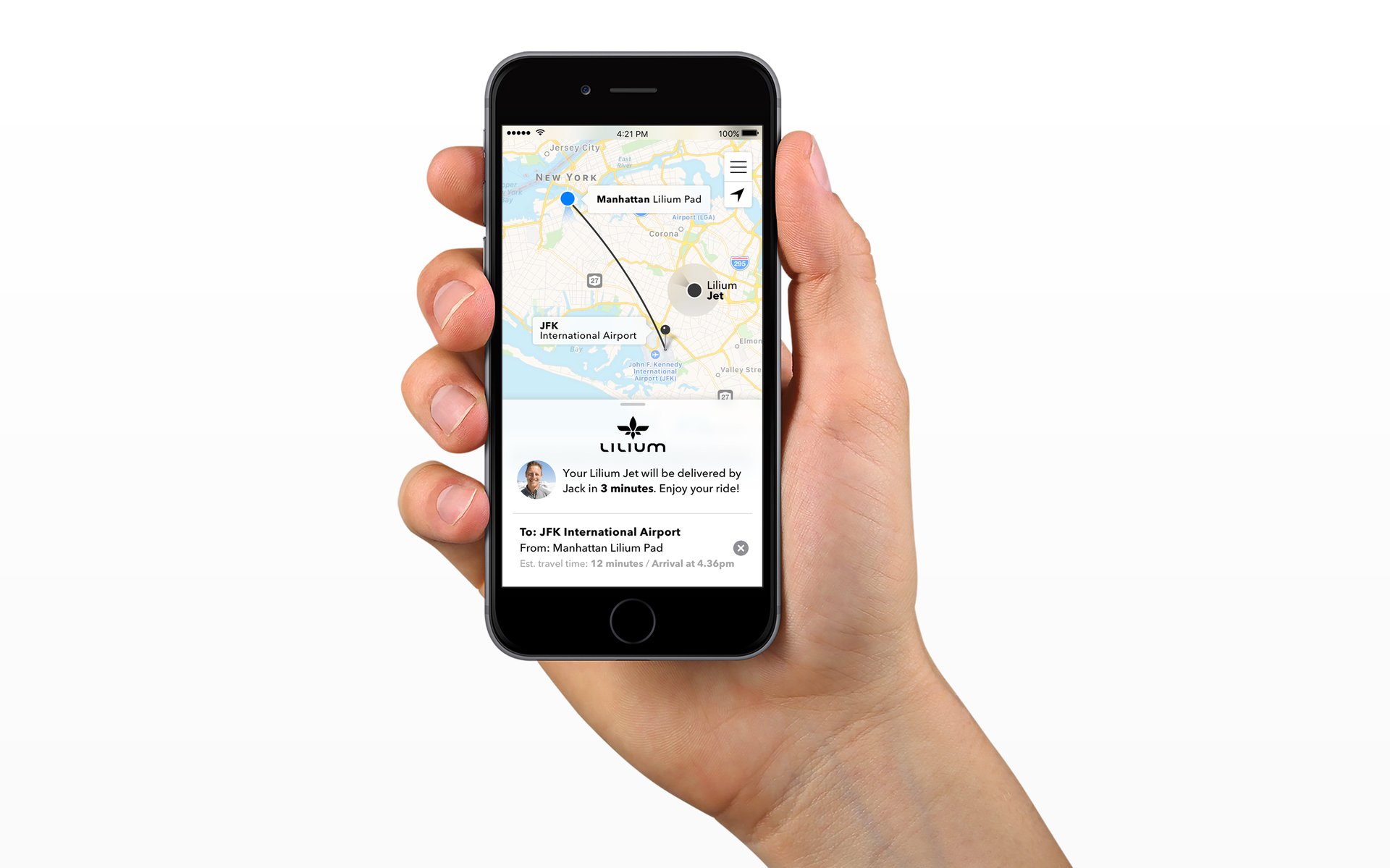You could be hailing a flying taxi, just like you would an Uber, within the next decade
Two German startups, Lilium and Volocopter, are competing to bring fully electric VTOLs—aircraft designed for vertical takeoff and landing—to urban centers as cheaper, faster, and more sustainable forms of travel, and they are being backed by investors all over the globe.


Two German startups, Lilium and Volocopter, are competing to bring fully electric VTOLs—aircraft designed for vertical takeoff and landing—to urban centers as cheaper, faster, and more sustainable forms of travel, and they are being backed by investors all over the globe.
Yesterday, Lilium announced a new round of $90 million in venture funding, led by Tencent, the Chinese company that also owns WeChat, the popular social media platform. Including last year’s funding, Lilium has raised a total of $101 million. On Aug. 1, Volocopter secured a new €25 million ($29.5 million) investment, led by automobile manufacturer Daimler, the owner of Mercedes-Benz.
Both companies envision creating a new, Uber-style air transportation network that would take the place of taxis and helicopters for certain rides. City-based customers could book affordable flights from the nearest landing pad through a ride-request app. In April, Lilium told Flying magazine that by 2025, a trip from Manhattan to JFK airport could take five minutes and cost as little as $36—helicopter rides currently take about six minutes and cost upwards of $99. “It’s our mission to make air taxis available to everyone and as affordable as riding a car,” Lilium said. Volocopter has not yet revealed price estimates for its future service.
Lilium, founded in 2014, has demonstrated a two-passenger, electric VTOL and says it plans to develop a five-passenger jet capable of achieving 300 km per hour (186 mph) speeds and one-hour of flight time before needing a battery recharge. The initial two-seater prototype, which had an unmanned maiden flight in April, was said to be the first electric jet that could successfully take off vertically, then make a smooth transition to forward flight. The vehicle relies on a series of engine flaps that tilt from a vertical to a horizontal position as the jet shifts from takeoff into horizontal flight. The slow rotation of the flaps gives the jet time to accelerate until the wings generate enough lift to keep the aircraft afloat like a conventional plane.

Volocopter, founded in 2012, takes a different technical approach, using 18 rotors to propel a helicopter-style body through the air. Volocopter last year conducted a successful maiden flight with its prototype before revealing a production model, dubbed the 2X, at Europe’s largest general aviation trade fair, AERO, earlier this year. With a maximum flight time of 27 minutes and maximum speed of 100 km per hour (62 mph), Volocopter’s 2X hasn’t the speed and stamina of Lilium’s proposed jet, but it is already being adopted for citywide testing. In June, it signed a five-year deal with Dubai’s Roads and Transport Authority to begin conducting regular test runs of the 2X in autonomous air taxi mode.
As Volocopter prepares to start its test runs in Dubai, Lilium plans to use its latest investment to expand its engineering team and accelerate development of the five-seater prototype, which it hopes to test in a manned flight by 2019. It will be several years before the jets are in mass production, Remo Gerber, Lilium’s chief commercial officer, told Bloomberg.

Exactly how such flying taxis would be regulated, how many of them would operate, and what would keep them from running into other airborne objects isn’t clear. But a lot of people are betting those problems will eventually get solved.